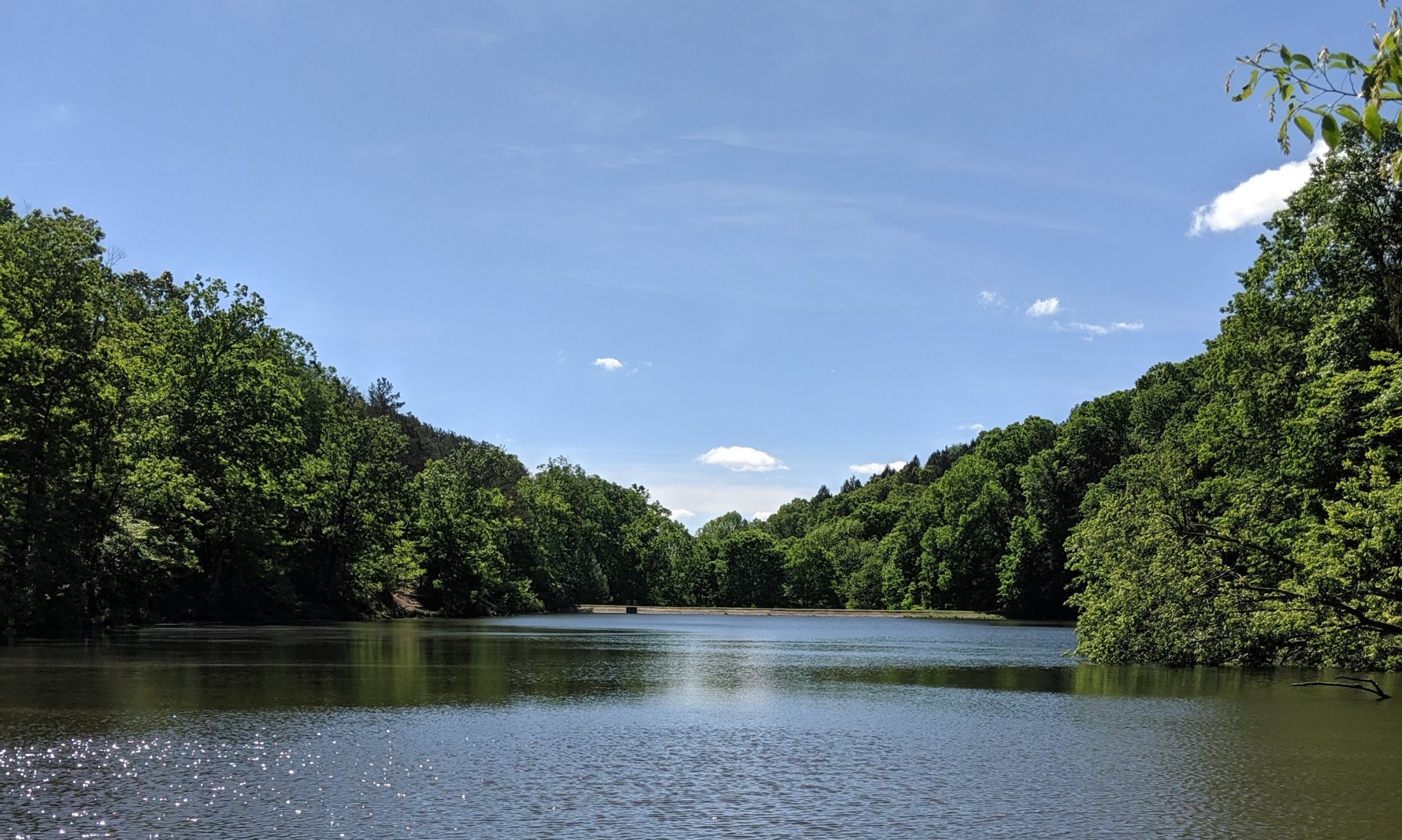Nature will bear the closest inspection. She invites us to lay our eye level with her smallest leaf, and take an insect view of its plain. -Henry David Thoreau
I have often found that insects either frighten or fascinate most of us—there seems to be little in between. I’m firmly on the side of fascination and will take every opportunity to observe some insect drama occurring in my backyard or in the woods. A couple of days ago, I watched as a cicada killer (a very large and scary-looking wasp) carried a paralyzed dog-day harvest fly to its brood chamber, where it would lay an egg on it and the larva would literally eat the cicada alive—the stuff of a horror movie. If I take the time to slow down for a moment, I can observe some of the most macabre and fascinating goings-on in the insect world, right in my backyard.
We are quite outnumbered. There are an estimated ten quintillion insects living on the earth (Source: Smithsonian Institution). That’s nineteen zeroes, in case you were wondering. Ants alone number an estimated one million billion (Source: ants.com). To put this number in perspective, I thought it would be a useful exercise to estimate the number of insects per acre of earth’s land mass. Taking the total number of insects and dividing it by the earth’s land mass of 126 billion acres, it would suggest that there are over 79.3 million insects per acre of land. My calculation does not take into account habitat suitability across the earth’s regions. At just over seven and a half billion, homo sapiens is somewhat insignificant in comparison—until you consider the environmental havoc we wreak upon the planet.
One of the things I particularly enjoy about insects are some of their colorful, common names. I was recently reminded of this when I discovered a giant water bug in our swimming pool. When looking up the description of this insect in my Audubon Society Field Guide to North American Insects and Spiders, I learned that, in addition to its Scientific name, Lethocerus americanus, it is also called the “Toe-biter”. One look at its sharp beak makes its name quite appropriate, as it can inflict a painful bite if handled carelessly.
Another of my favorites is “Snake Doctor”. I had heard the name before, but always envisioned a herpetologist or veterinarian, not the Green Darner dragonfly. The name originated in the early 1800s from the myth that the dragonfly ministered to injured snakes (Source: wordwizard.com). When I try to envision a dragonfly flying around with a medical kit, the name becomes a bit nonsensical but fun to say nevertheless. “Call the snake doctor! We have an injured snake here!”
But why stop at snake doctors and toe-biters? In these parts, we have lightning bugs. Some call them fireflies, but they’ve always been lightning bugs to me. Whenever I see their flash on a summer night, I think back to those days of youth, when we would catch as many as we could in a glass jar and have our own makeshift lantern. Finally, opening the lid, we would watch them fly away into the night.
Our insect world is further populated by click beetles and royal walnuts; May beetles and June bugs; pond skaters and firebrats; oil beetles and fiery searchers; Baltimores and Buckeyes, sharpshooters and bee assassins; coffin flies and wanderers; daddy-long-legs and grass nymphs; acrobat ants and question marks; froghoppers and doodlebugs; walking sticks and stilt bugs; mud daubers and cow killers; woolly bears and elephant bugs. And no summer would be the same without the no-see-ums, gnats, and mozzies.
Our world is full of strange and fascinating creatures, natural processes, and various phenomena that inspired our ancestors to use their imaginations to describe them. Our vernacular is chock-full of colorful and descriptive words and phrases used to describe the natural world. From the dog days of summer, catchin’ crawdads or stirring up a nest of piss ants, I enjoy the more descriptive vernacular to describe the natural world. Anyway, it’s a lot more fun to say, “snake doctor” or “toe-biter” than it is to say “Anax junius” or “Lethocerus americanus”. It all just rolls off my tongue a lot easier.
I took this photo of a Snake Doctor in northern Michigan a couple of years ago.
